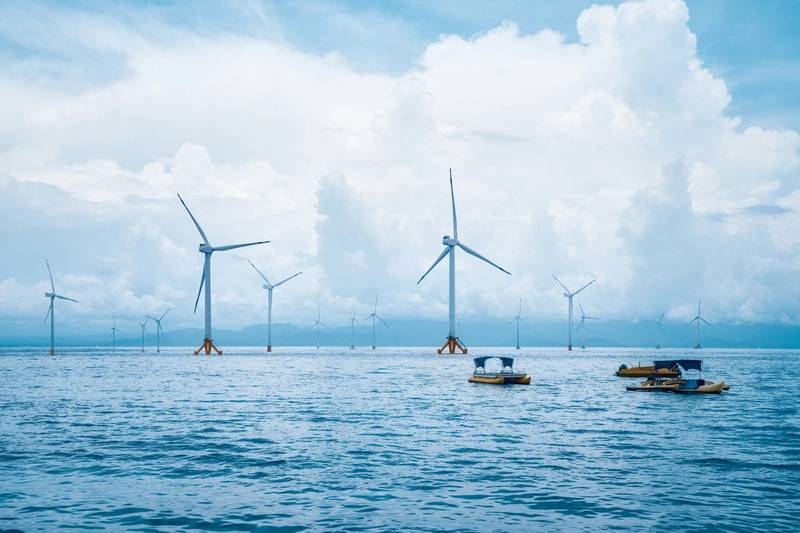The UK’s National Oceanography Centre (NOC) has delivered a roadmap to guide the observation of ocean to increase the understanding of the potential impacts of expanding offshore wind developments on the marine environment.
The Scoping an Offshore Wind Sustained Observation Programme report was commissioned by the Scottish Government’s Scottish Marine Energy Research (ScotMER) program, to help inform the planning of significant offshore wind farm expansion within, but not limited to, the Scottish sector of the North Sea.
The report and its recommendations come at a pivotal moment, particularly for floating offshore wind expansion, as part of a broader Scottish Government strategy to achieve net-zero greenhouse gas emissions by 2045.
Harnessing NOC’s expertise in environmental monitoring and marine observation, the report reviews current knowledge of key environmental aspects of the North Sea, focusing on the water column structure and seasonal variability.
It highlights knowledge gaps around potential offshore wind related impacts and recommends key essential ocean variables (EOVs) to be used as a baseline and for future monitoring, to help protect the marine environment.
NOC noted that observational parameters, such as those related to water column stability and stratification, should be acquired using a range of monitoring platforms, including remote systems.
It highlighted that as a primary tool to predict the potential cumulative impacts of future infrastructures, computer model simulations are key. NOC said that models should first be built and validated using existing data and new data acquired during observational campaigns close to operational wind farms.
“Relatively little is known about what impacts fixed and floating wind farms could have as offshore wind expands into deeper waters, with climate change adding further complexity,” said Michela De Dominicis, an ocean modelling senior scientist at NOC.
The Scottish Government is aiming to add at least 20 gigawatts (GW) of new renewable electricity capacity by 2030, potentially generating about 50% of Scotland’s current total energy demand.
There is currently about 3 GW of offshore wind operational in Scottish waters. The Scottish Government’s ScotWind leasing round is targeting a further 28 GW across 20 projects, with another 5 GW targeted in the Innovation and Targeted Oil & Gas (INTOG) round.

